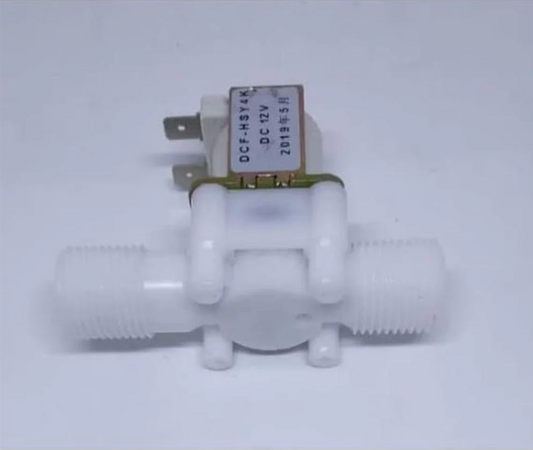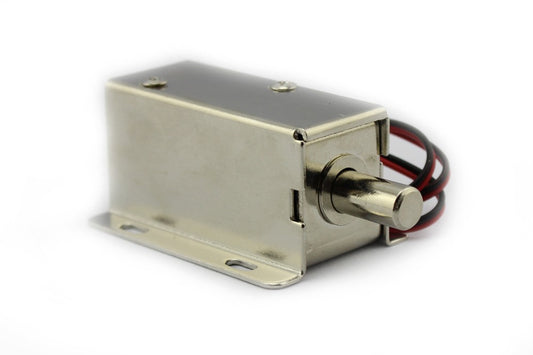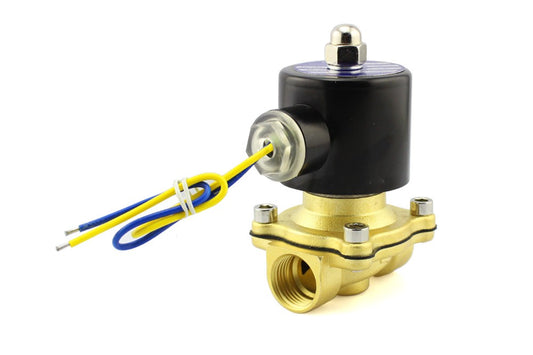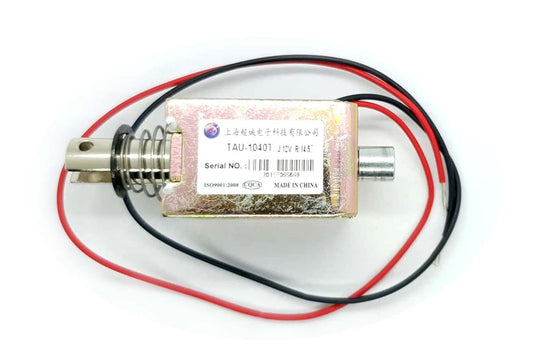Solenoids Philippines: Push Pull, Lock & Valves | Circuitrocks
Solenoids — Push-Pull Actuators, Locks & Valves for Automation
Build movement, locking, and mechanical actuation into your projects using push-pull solenoids, locking solenoids, and solenoid valves. Perfect for Arduino, ESP32, Raspberry Pi, smart lockers, vending machines, dispensers, robots, and automated systems.
Push-Pull • Locking • Valves • Actuators • Automation
Why choose solenoids here
-
Reliable actuation: engineered for continuous use
-
Variety of types: lock, push-pull, mini, high-force
-
PH support: wiring help with relays & MOSFET drivers
Popular uses
- Smart door locks & cabinet locks
- Vending machines & dispensing systems
- Coin sorters, feeders & gates
- Fluid control with solenoid valves
- Robotics pushing/pulling mechanisms
Solenoid categories
Push-Pull Solenoids
- Linear push/pull actuators
- Mini solenoids for compact builds
- High-force solenoids for mechanical tasks
Lock-Type Solenoids
- Electronic cabinet locks
- Hidden/embedded locking actuators
- Smart home access systems
Solenoid Valves
- Liquid flow solenoid valves
- Water, air & low-pressure valves
- Automation systems & pumps
Tip: Solenoids draw high current. Always drive them with a relay, MOSFET, or motor driver—never directly from a microcontroller pin.
Solenoid chooser (quick guide)
| Need |
Solenoid type |
Notes |
| Open/close a latch or door |
Lock-type solenoid |
Requires 12V; use relay or MOSFET. |
| Push or pull objects |
Push-pull solenoid |
Choose based on force and stroke length. |
| Automate water or air flow |
Solenoid valve |
Match valve size (1/4”, 1/2”, etc.) to your tubing. |
| Compact motion in robots |
Mini solenoid |
Works well for feeders and ejectors. |
| Timed actuation cycles |
High-duty solenoid |
Designed for repeated or long-hold operations. |
Always check voltage (5V/12V/24V), duty cycle, and force ratings before choosing a solenoid.
Starter bundles
-
Smart Lock Kit: lock solenoid + relay + 12V supply
-
Dispenser Kit: push-pull solenoid + driver
-
Valve Automation Set: solenoid valve + power supply
FAQ
Can I drive a solenoid directly from Arduino?
No. Solenoids draw too much current. Always use a relay, MOSFET, or dedicated driver.
What voltage do solenoids use?
Most use 12V, but there are 5V and 24V variants. Check the label or product page.
Do solenoids get hot?
Yes—especially when held activated for long periods. Check duty cycle rating.
Do you ship nationwide?
Yes—fast PH shipping anywhere in the Philippines.
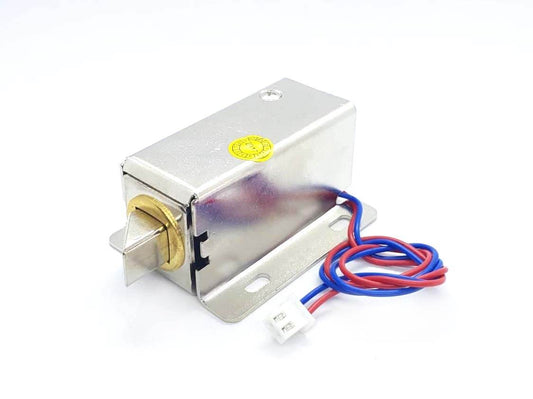
 Sold out
Sold out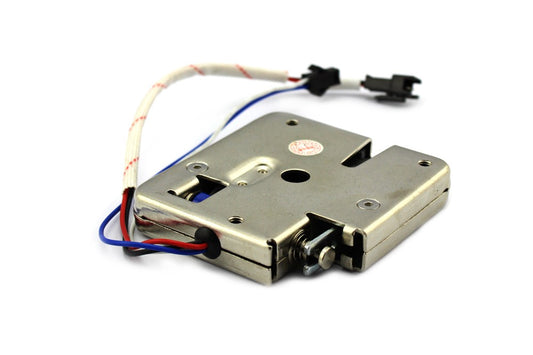
 Sold out
Sold out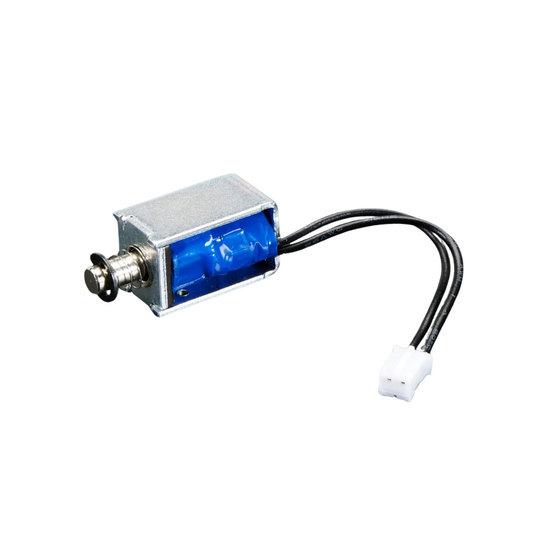
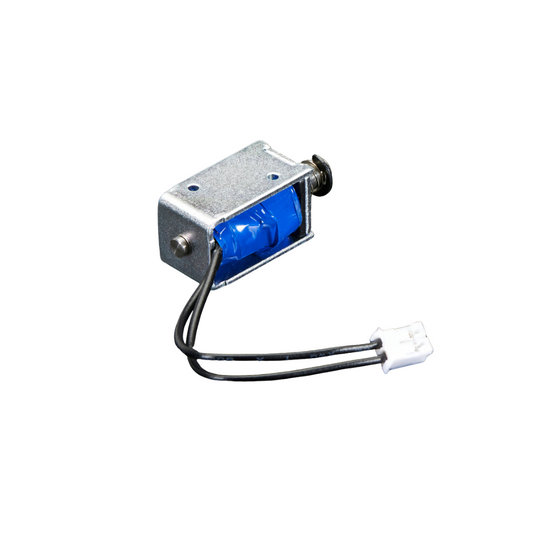 Sold out
Sold out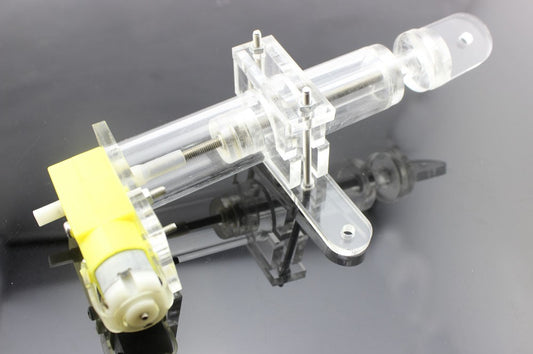
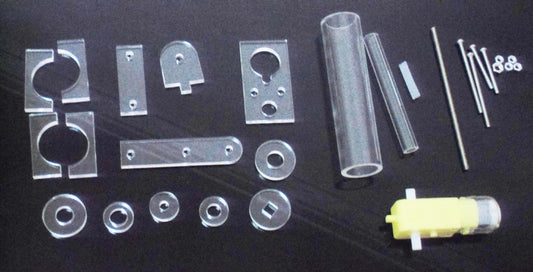 Sold out
Sold out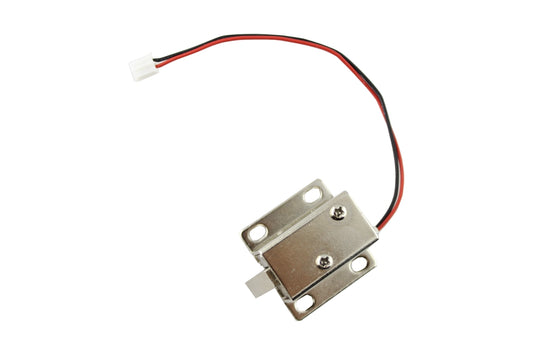
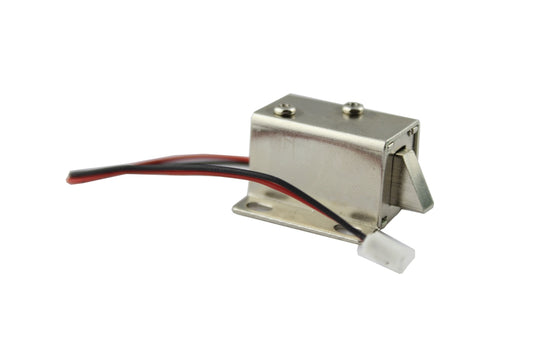 Sold out
Sold out







